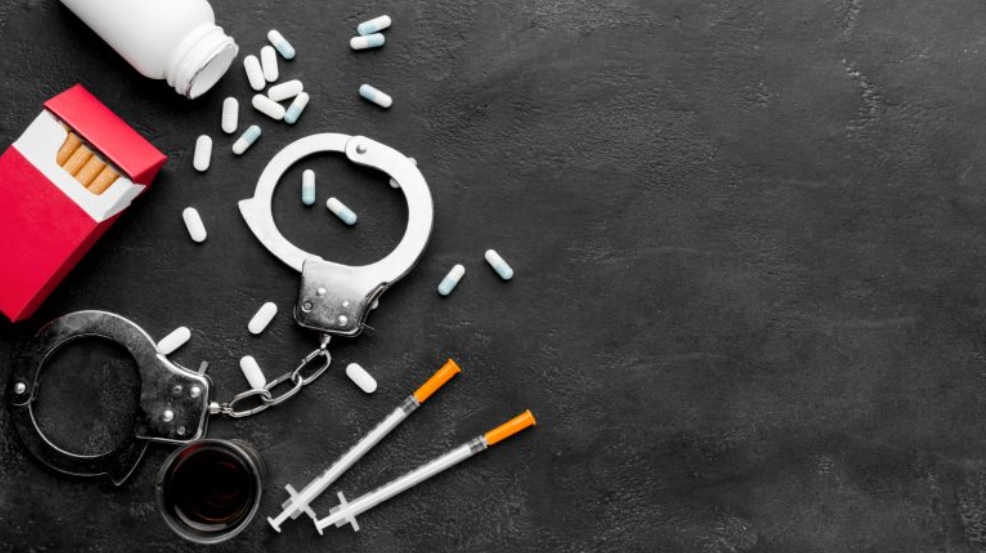Recovery from addiction is a journey, one that is often fraught with challenges. While seeking treatment is a crucial step, several barriers can deter individuals from accessing the care they need. Recognizing and addressing these obstacles is essential to ensure everyone has a fair chance at recovery. Let’s delve into the common barriers and potential solutions.
1. Stigma and Societal Judgment
The Barrier:
Stigma surrounding addiction is profound. Many view addiction as a moral failing rather than a health issue. This societal judgment can deter individuals from seeking help due to fear of discrimination or shame.
Potential Solutions:
- Awareness Campaigns: Community-based programs can educate the public on addiction as a medical condition, dispelling myths and prejudices.
- Personal Stories: Sharing recovery tales can humanize the addiction narrative, promoting understanding and empathy.
2. Financial Constraints
The Barrier:
Addiction treatment can be expensive. From detoxification services to long-term therapy, the costs can deter individuals, especially those without insurance, from seeking treatment.
Statistic Spotlight:
According to a 2018 study, 32.8% of those who felt they needed treatment cited cost or lack of insurance as the primary reason they didn’t pursue it[1].
Potential Solutions:
- Government Grants: Increased funding for addiction treatment can make services accessible to a broader population.
- Sliding Fee Scales: Treatment centers could offer payment plans based on a patient’s ability to pay.
3. Lack of Information
The Barrier:
Many people are unaware of where or how to access treatment. A lack of clarity on available resources can deter timely intervention.
Potential Solutions:
- Resource Directories: Centralized databases that detail local treatment options can be a vital guide.
- Awareness Programs: Hospitals, schools, and community centers can host informational sessions on local treatment resources.
4. Limited Treatment Availability
The Barrier:
In many areas, especially rural ones, treatment centers are sparse, leading to long wait times or considerable travel for care.
Potential Solutions:
- Telehealth: Online therapy and consultation services can bridge the gap for those in underserved areas.
- Mobile Clinics: Traveling clinics can bring essential services to remote communities, ensuring everyone has access.
5. Fear of Legal Consequences
The Barrier:
Many battling addiction fear legal repercussions if they disclose their substance use, especially if involved in illicit drug use.

Potential Solutions:
- Confidentiality Assurance: Treatment centers should assure patients of their privacy rights.
- Policy Reforms: Shifting from punitive measures to rehabilitative approaches can encourage more individuals to seek help.
6. Cultural and Linguistic Barriers
The Barrier:
For non-native speakers or those from diverse cultural backgrounds, accessing treatment that respects their unique needs can be challenging.
Potential Solutions:
- Culturally Competent Care: Training staff in cultural sensitivity ensures that treatment is respectful and effective.
- Translation Services: Offering multilingual staff or translation services can break down linguistic barriers to care.
7. Doubt and Denial
The Barrier:
Many in the throes of addiction deny they have a problem or doubt the effectiveness of treatment.
Potential Solutions:
- Intervention Services: Trained professionals can help individuals recognize the severity of their situation.
- Success Stories: Sharing stories of those who’ve successfully navigated recovery can inspire hope and confidence in treatment.
Conclusion: A Path Forward
While the barriers to addiction treatment are substantial, they are not insurmountable. By acknowledging these challenges and proactively seeking solutions, we can pave the way for more individuals to access the life-saving care they deserve.
References
- [1] Substance Abuse and Mental Health Services Administration (SAMHSA). (2019). *Key substance use and mental health indicators in the United States: Results from the 2018 National Survey on Drug Use and Health*. HHS Publication No. PEP19-5068, NSDUH Series H-54. Rockville, MD: Center for Behavioral Health Statistics and Quality, SAMHSA.
